Estonia’s allies EU questioned the correctness of its invoices for weapons supplied to Ukraine, suspecting that in this way the country is renewing its armed forces under a cost-reimbursement scheme.
They believe that by sending old weapons, Tallinn presents bills as for new ones – they far exceed the bills of other countries, writes Politico. Estonia, however, insists that its requirements for new weapons are in line with the rules for the replacement of vital equipment and simply reflect its huge contribution to the war.
However, critics say the EU reimbursement scheme would be overburdened if every country used a similar calculation methodology. Although Lithuania and Latvia have also made similar contributions to support Ukraine, amounting to about 400 million euros or more, their fund requirements are much smaller than those of the Estonians.
The countries of the European Union received partial compensation for their military assistance from a joint fund called the European Peace Fund (EPF), to which member countries contribute based on the size of their economies. However, the newspaper writes, citing its sources in diplomatic circles, tensions are gradually growing over the amounts that a group of countries transfers to this fund. It escalated in early March when the European External Action Service shared data on how much each country received last year to replace military equipment sent to war. These sums were related only to the first tranche, but even they showed that Estonia stands out from the general list.
During the discussions, some participants felt that Estonia had found a legitimate way to replace its old stocks, making claims based not on the cost of old equipment sent to Ukraine, but on the prices of new weapons, one EU diplomat noted:
“They ship their scrap metal to Ukraine and buy brand new systems financed with EU funds.”
In accordance with the EEAS secret data obtained by POLITICO, six countries calculated their claims for reimbursement of the first tranche of the EPF based on the price of new weapons: Finland demanded 100% reimbursement based on the prices of new purchases, Latvia – 99% on these conditions, Lithuania – 93%, Estonia – 91%, France – 71%, Sweden – 26%.
The claim by other countries is that Estonia was especially adept at getting high compensation for old equipment. In absolute terms, Estonia applied for 160.5 million euros of new weapons under the first tranche of the EPF, for which it was reimbursed 134.2 million euros at the standard 84% return rate. For comparison, Sweden received back 7 million euros, Finland – 4.7 million euros, Latvia – 59 million euros, Lithuania – 31 million euros and France – 28 million euros.
Figures are from the European External Action Service (EEAS) survey. The main difficulty lies in the fact that there is no single system for calculating the price charged for suitable replacement weapons: “Each country uses its own methodology.”
Countries are entitled to claim three different amounts: replacement cost, based on the price of new material; actual cash value based on an estimate of the price at which the equipment can be resold; initial purchase price based on the price originally paid. Diplomats say the debate over Estonia’s cost recovery has highlighted the fact that there is no clear methodology for estimating costs.
A third diplomat confirmed that Estonia’s methodology raised eyebrows across the EU as a “particularly egregious case” – although no one wanted to name Tallinn to avoid any sign of disagreement.
Estonia’s status as an exception is particularly evident when compared to its Baltic neighbors, as both Riga and Vilnius claim similar levels of arms donations to Ukraine. According to the Ministry of Foreign Affairs, Estonia has provided about 400 million euros worth of military assistance to date. Latvia in January announced the amount of its assistance at 370 million euros, while Lithuania claims that it is more than 400 million euros.
Germany, by comparison, has written off the cost of old Soviet equipment it donated from East German stockpiles to zero, and is only demanding the original purchase price, not the price of new materials, a fourth diplomat said.
Spokesmen for the Estonian Permanent Mission to the EU and the Estonian Ministry of Defense did not respond to a request for comment by the time of publication in POLITICO on Tuesday morning. But in a statement following the publication of the material, the Estonian Ministry of Defense said that the report contained “lies” and was “a malicious attempt to undermine aid to Ukraine and the unity of the allies.” The statement says:
“Declaration of donations from the European Peace Fund on the basis of replacement value is fully in line with the rules and applies if the production of donated equipment has been discontinued and the restoration of its capacity is important from the point of view of national defense.”
A spokesman for the Ministry of Defense confirmed to POLITICO that, as part of the first tranche of the EPF, Estonia transferred to Ukraine 122mm D-30 howitzers, a Soviet system that entered service in 1960. Estonia decided to replace them even before the start of Russia’s invasion of Ukraine. According to the spokesman, Tallinn then announced a price for a new “comparable piece of towed artillery.”
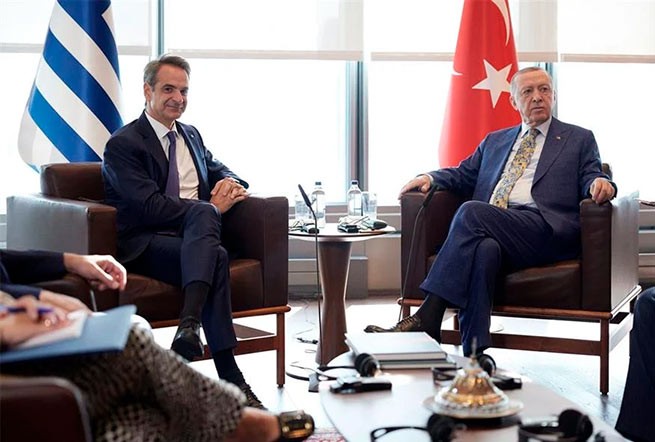
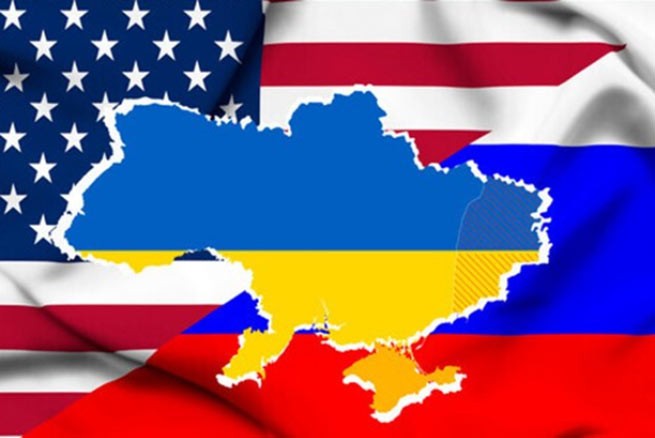
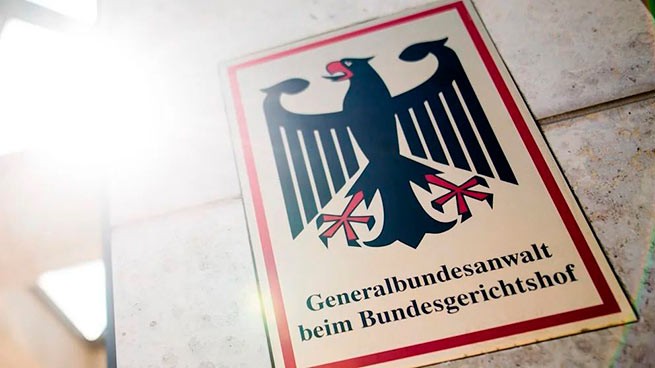
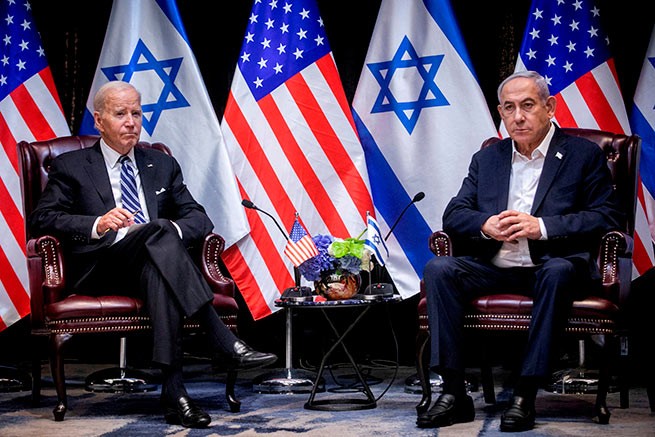
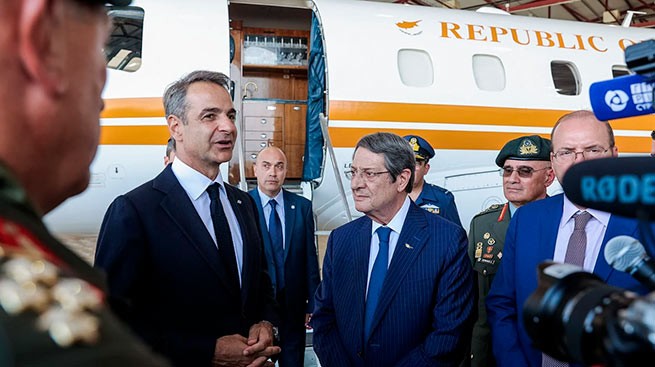
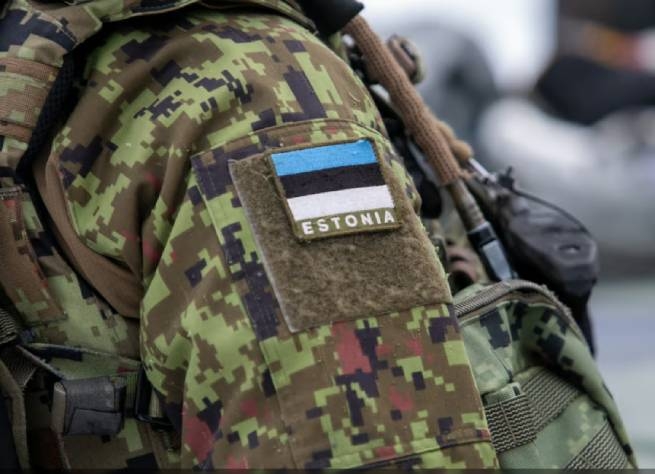

More Stories
4 scenarios for the development of the war in Ukraine
There was a scandal in Cyprus over the Prime Minister's plane, donated by K. Mitsotakis
Nuclear wrestling between the USA and Russia: are we heading towards the use of strategic weapons?